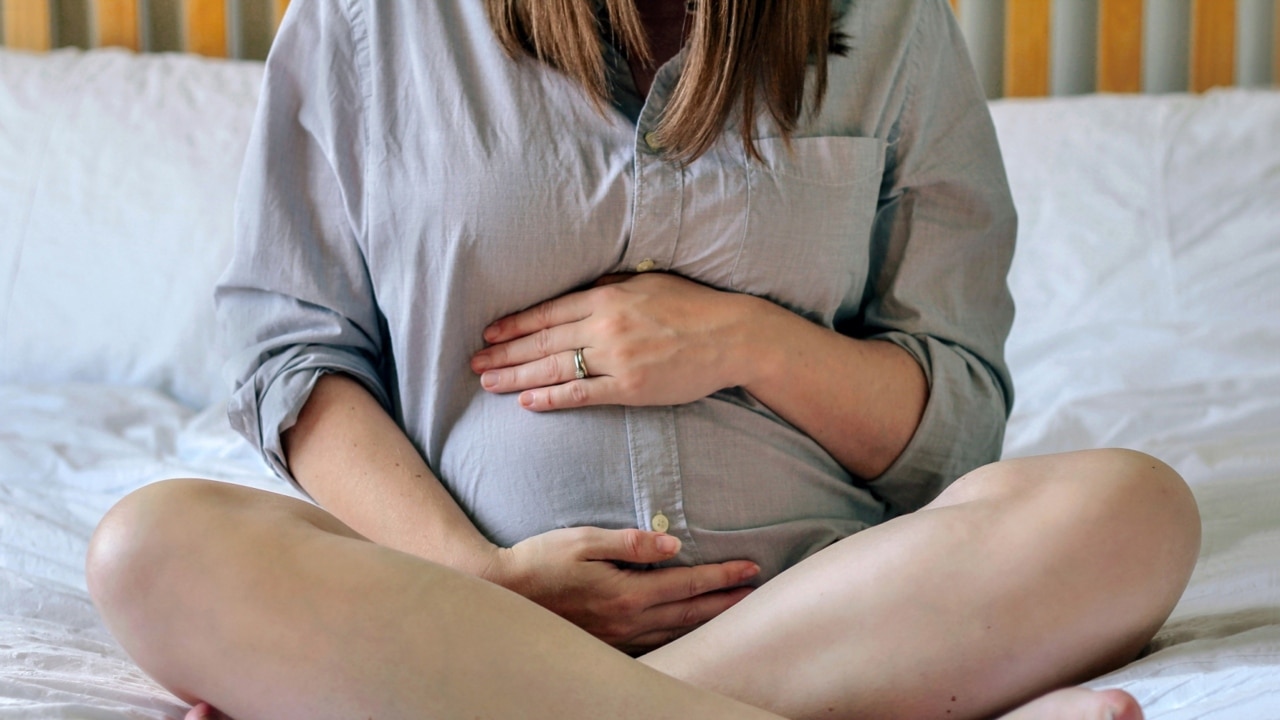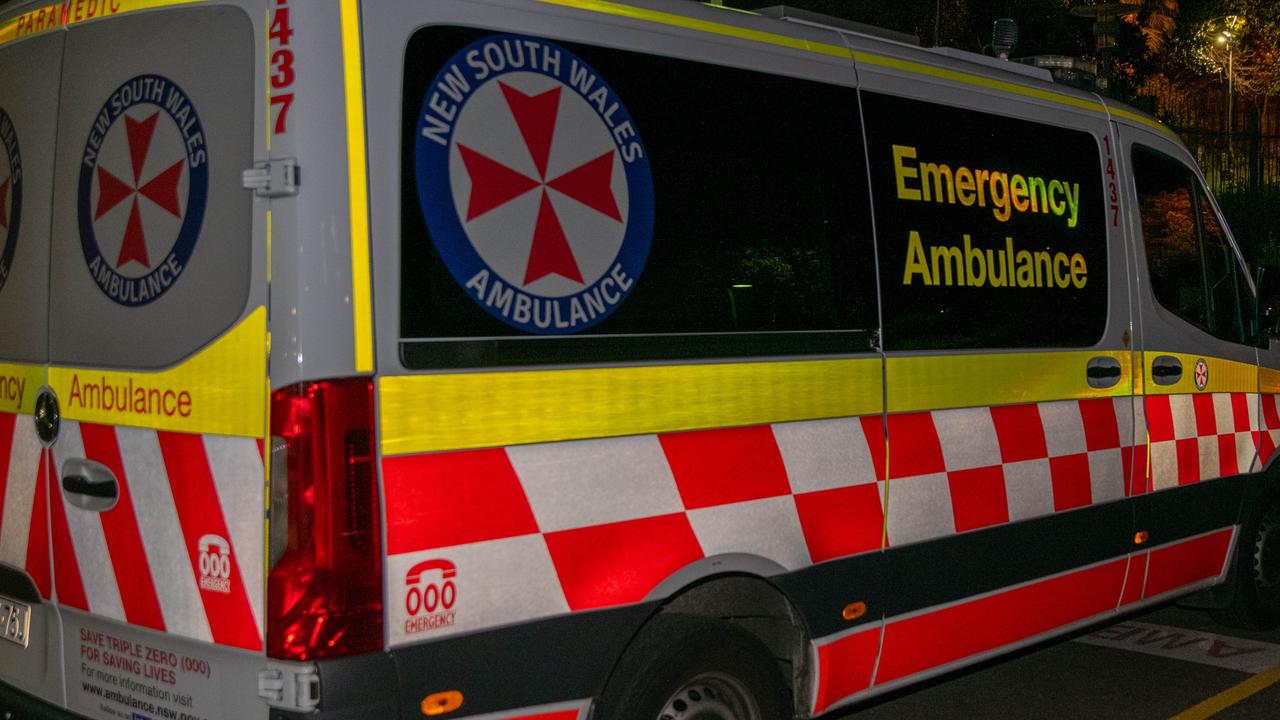NSW public hospitals have a 600 per cent higher rate of birthing injuries compared to private
First-time mother birth injuries have exploded in NSW public hospitals under the policy directive of no intervention leaving many mums with lifelong complications.

NSW
Don't miss out on the headlines from NSW. Followed categories will be added to My News.
- Blame game after couple loses baby amid border row
- Push for natural births triggers rise in horrific injuries
The push for natural births in public hospitals has led to an explosion of birth injuries, with one in 12 first-time mothers suffering lifelong complications, a new study has shown.
The study of first-time mothers who gave birth in NSW public hospitals under the policy directive of no intervention were compared to mothers who were more actively managed by doctors in adjacent private hospitals.
Public hospitals had a 600 per cent higher rate of birthing injuries.
The study comprised 130,000 women and the average third and fourth degree anal sphincter tear rate was 8.17 per cent for the public hospitals and 1.52 per cent for the private hospitals in the same five-year period of 2010 to 2015.
The rate of tears was highest at Royal North Shore, where 11.6 per cent of mothers were injured.

MORE FROM JANE HANSEN
Essential oils in food leads to rise in poisonings
Are these Aussies our worst COVID threat
The study, published in the International Urogynecology Journal, conducted by retired obstetrician Dr Mark Beale, looked at birthing injuries in six Sydney public hospitals and six adjacent private hospitals.
In 2010, the state government introduced the “Maternity — towards normal birth in NSW” directive for labour to proceed without any intervention or augmentation to address rapidly increasing caesarean rates, which had climbed to 30 per cent. The directive was mandatory.
Dr Beale said natural birth was “a lovely philosophy” but “there are a very large number of women who are now damaged for life and if there was a different philosophy to birthing they would not be damaged”.
“I could see what was happening. It disturbed me that 800 women a year were leaving the labour ward damaged,” he said.
“There was a huge disparity opening up between the public and the private, in other words, midwifery-driven and doctor-driven.”
The debate over doctor intervention has become a gender battle in the past, with midwives blaming medical interference from doctors for the “cascade of intervention”, culminating in the rising caesarean birthrate.

Kelly Hume, 37, said ideology has taken precedence to women’s health.
Ms Hume now suffers from a fistula and needs multiple surgeries after her long and complex midwife-led labour at Moruya public hospital in 2016.
“I was diagnosed with a fourth degree tear then an abscess and a fistula. There was no intervention, not a doctor in sight,” she said.
“My baby was posterior and when she came out her head got stuck and they had to pull her out, that is when I tore. I’m now partially incontinent and need surgery every six to eight weeks for the rest of the year.”
The Australasian Birth Trauma Association was set up by Amy Dawes after she suffered a third degree tear at a Sydney public hospital in 2013. It has started a petition to include pelvic health physiotherapists in pregnancy and post-natal care. Over 25,000 women have signed.
“We are calling for women’s health physios to be involved ... because they are on the forefront of recognising the extent of trauma women have sustained,” she said.
NSW Health is reviewing the policy and said it will be released for public consultation this year, with a final policy to be released in early 2021.
Originally published as NSW public hospitals have a 600 per cent higher rate of birthing injuries compared to private


